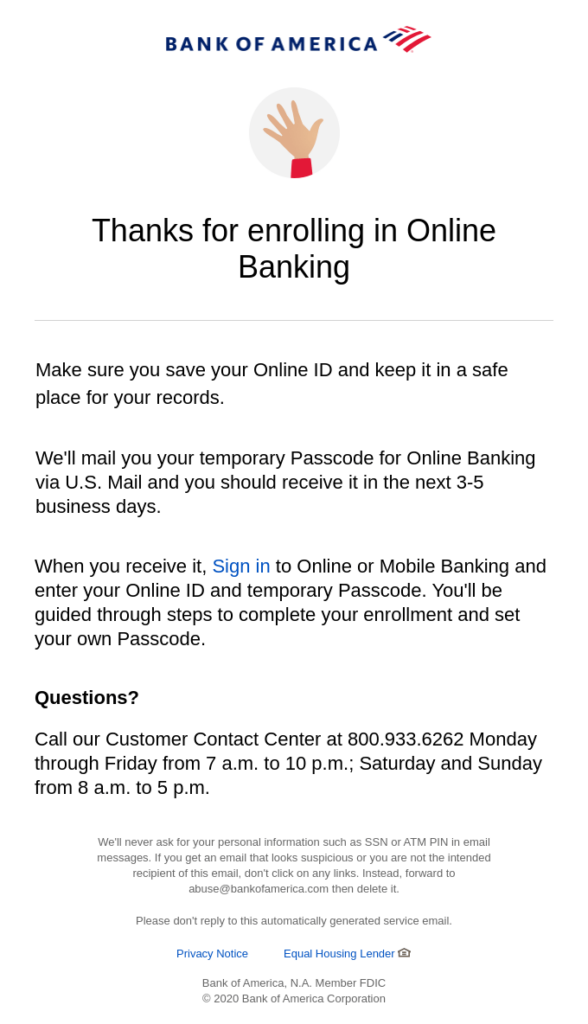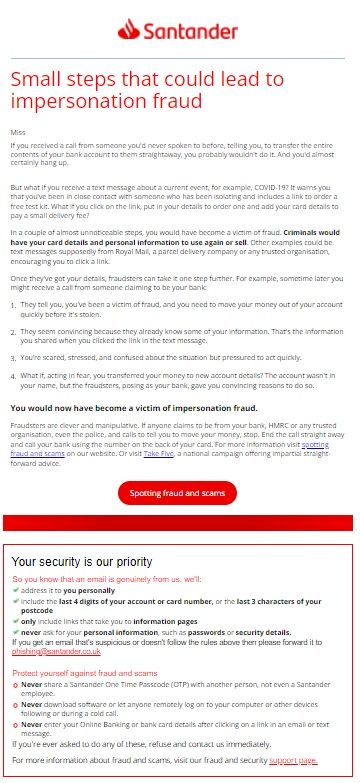

Email marketing for finance

Marketing of financial services introduction
The finance sector has changed a lot in the past decade. The emergence of FinTech onto the scene has meant that challenger brands are making themselves known, disrupting the industry, and making it more modern and customer-focused too. Finance as a subject is also becoming less taboo, less stuffy, and more accessible. All of this means it’s a super competitive space, so don’t sleep on one of the best marketing channels at your disposal: email marketing.
Email marketing is your way of communicating with your customers. It allows you to share what you’re about, and keep your customers in the know. Enough preamble, let’s get into it and look at some crucial tactics, with some financial services email marketing examples and templates to spark inspiration.
Challenges
Traditional companies in the finance sector such as banks, investment firms, and insurance need to keep up with the ever-changing digital landscape as customer expectations increase. Whereas digital-first challenger brands face an uphill battle to create trust with their customers in a world that is, rightly so, cautious of giving financial details online.
People’s finances are no casual matter. Customers need to know they can trust your brand to be genuine and secure, and to trust that you will handle their finances, and their data, with the utmost discretion and security.
Trust
Trust is the biggest barrier you will face when building a new customer relationship in the finance sector. People have learned to be cautious, so you’ll need to go above and beyond to prove yourselves.
There are a few different ways you can tweak your email marketing to address this issue and deliver hits of trust which create a stronger perception overall.
- Email design. Ensure you have all accreditations visible in your email footer to reinforce your brand position in each email campaign. Have your data processing information and privacy policy easily accessible in your email marketing sign-up form too.
- Add in social proof. If your company has been featured in well-known publications, adding a ‘seen in’ section to your welcome emails especially, will piggyback on other organizations’ established trust and give you a head start.
- Consistency is key. Make sure your emails match your branding, this is important for any brand, but especially for those in finance as customers will be scrutinizing every communication for authenticity.
Establishing a relationship
Customer relationship building is crucial in any brand-to-consumer relationship, and it’s especially important in the finance sector – particularly if you’re an online-only company, as customers will take a little longer to feel comfortable giving you their financial information.
As discussed, trust is important, and to get there you’ll need to warm them up. This is where a welcome series is invaluable. A welcome series is a great way of introducing your brand, your story, and your credentials. A customer is lapsing from the moment they sign up, a welcome series grabs them at the height of their interest and welcomes them into the brand.
A welcome series is a two-way street too, it’s a good time to find out more about your customers so that you can tailor your future emails and give the customer what they want.
It’s important to keep customers updated on offline communications too. This will not only make the whole experience seamless and easy for the customer but also increase the trust in your online communications if it lines up with something they receive physically. This email from Bank of America shows you how it’s done; it’s simple, informative, and friendly.

Keep them in the know
Email is a great channel to share news. You can use email to communicate with your customers and let them know of updates such as new features, tax year round-ups, and industry or company news that will impact them.
This example from Venmo explaining the new features is a great example of how you can communicate a lot of information, in a clean and engaging way via email. Email design is just as important as messaging. You need your email to be appealing so that people want to read it, and designed in a way that enables people to easily absorb your content and not feel overwhelmed.

Add value
As with all email marketing, you need to offer something to the consumer. Inboxes are busy, so give them a reason to be subscribed to your marketing. As we touched on earlier, finance isn’t the most exciting topic for some, so you need to make your communications worthwhile.
This could be valuable insight into the subject matter, important and relevant updates, and education-based communications.
This email from Santander warn customers of the dangers of scams and fraud, something super prevalent in this industry. Santander recognizes this, and while not its direct responsibility, the bank knows it makes sense to do what it can to protect its customers and educate them where possible.
The email layout also includes a section all about how to know if an email is legitimately from them, which is certainly something to consider for bank email templates.
This example also shows that the brand cares about its customers. Something which goes a long way in strengthening the customer-to-brand relationship and loyalty in the longer term.
Conclusion
Email marketing for finance brands is not too different from any email marketing strategy – you’ll just need to work that bit harder to gain trust and build the initial relationship.
One thing that’s for certain, is that email is a valuable channel in the financial industry and not one to overlook. You can read our blog all about email marketing automation for the financial services industry, including how automation can work for your brand, broken down by sector here.
Contents
Natasha Lainsbury
Stay on top
Get the latest and greatest marketing insight delivered to you weekly
Your email address will be handled in accordance with our Privacy Policy. We gather data around email opens & clicks using standard technologies including clear gifs to help us monitor and improve our newsletter.





